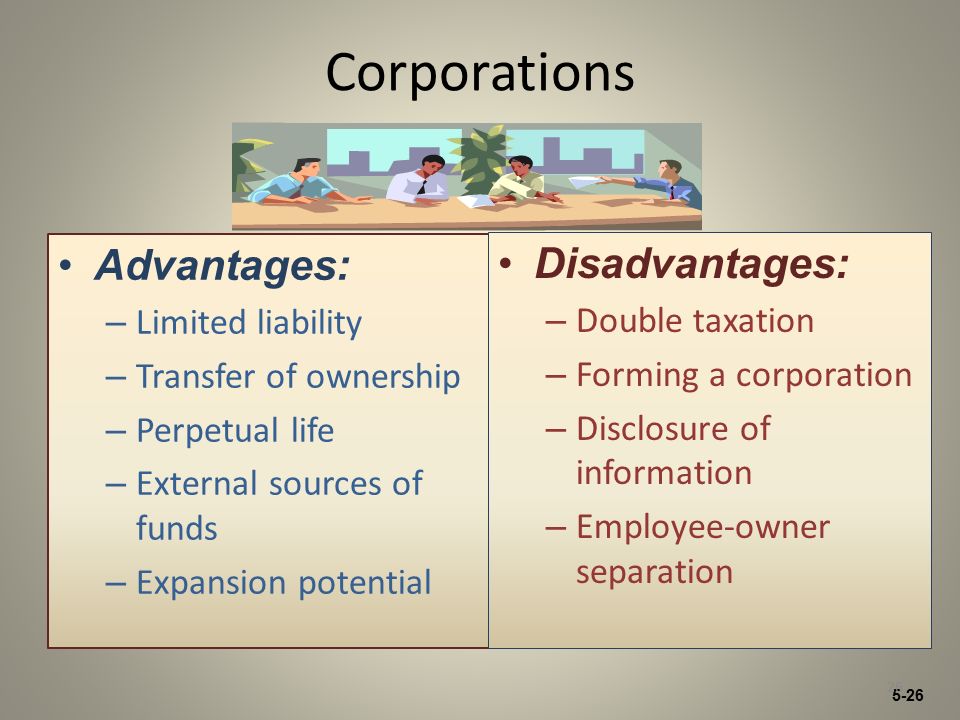Content

Depreciation moves the cost of an asset from the balance sheet to Depreciation Expense on the income statement in a systematic manner during an asset’s useful life. The accounts involved in recording depreciation are Depreciation Expense and Accumulated Depreciation. In other words, depreciation reduces net income on the income statement, but it does not reduce the company’s cash that is reported on the balance sheet. It is an accounting technique where you allocate the costs of natural resources to depletion over the period making up the assets life. To calculate cost depletion, you take the property basis, units total recoverable, and accounts number of units sold. As you extract natural resources, they are counted and removed from the basis of the property.
How does depreciation and amortization affect financial statements?
Amortization and depreciation are non-cash expenses on a company's income statement. Depreciation represents the cost of capital assets on the balance sheet being used over time, and amortization is the similar cost of using intangible assets like goodwill over time.
EPS equals Net Income divided by the company’s Weighted Average Shares Outstanding. Shares Outstanding will typically be found either on the Income Statement, below Net Income, or on the first page of the How To Use Depreciation And Amortization For Your Financial Reports most recent 10-Q or 10-K. It can also be calculated as the average of the number of common shares outstanding at the beginning of the period and end of the period (from the company’s Balance Sheet).
Using Accounting Software to Measure EBIT and EBITDA
These ratios tell if you have enough assets to cover your debts and obligations and stay afloat in dire circumstances. Running a stable and successful business requires understanding, creating, and sharing accurate financial statements with partners, organizations, and relevant authorities that govern and work in your industry. It is a product of fair value reporting that requires assets be reported at their market value. The concept of fair value underscores many of the financial reporting standards that are required under US GAAP. The value of an asset decreases due to a number of reasons including wear and tear or obsolescence. Different countries have different laws and regulations for calculating depreciation.
Li-Cycle Reports Fourth Quarter and Year 2022 Financial and … – Edmonton Journal
Li-Cycle Reports Fourth Quarter and Year 2022 Financial and ….
Posted: Mon, 30 Jan 2023 11:01:10 GMT [source]
The depletion deduction enables an individual to account for the product reserves reduction. Financial fixed assets cannot be amortized, their losses can however be transferred. Accumulate amortization in both accounting and tax might have the same sum of have different https://online-accounting.net/ sums. This is based on certain factors such as when depreciations are yet to be deducted from tax expense. With liabilities, amortization often gets applied to deferred revenue, such as cash payments usually received before delivery of services or goods.
EBIT vs EBITDA: Key Differences
Another cheater way to calculate free cash flow is to take Operating Cash Flow and subtracting Net PPE expense. Ultimately, both methods negate the impact of the expenses from the income statement and highlight the actual cash spend for the asset at the time of the purchase.

Because of its relationship to depreciation and amortization, NBV should slowly and predictably decrease over time. Each of the core financial statements serves to answer these questions, with the balance sheet representing what a company is worth. Businesses also use another method of depreciation called the accelerated depreciation method.

